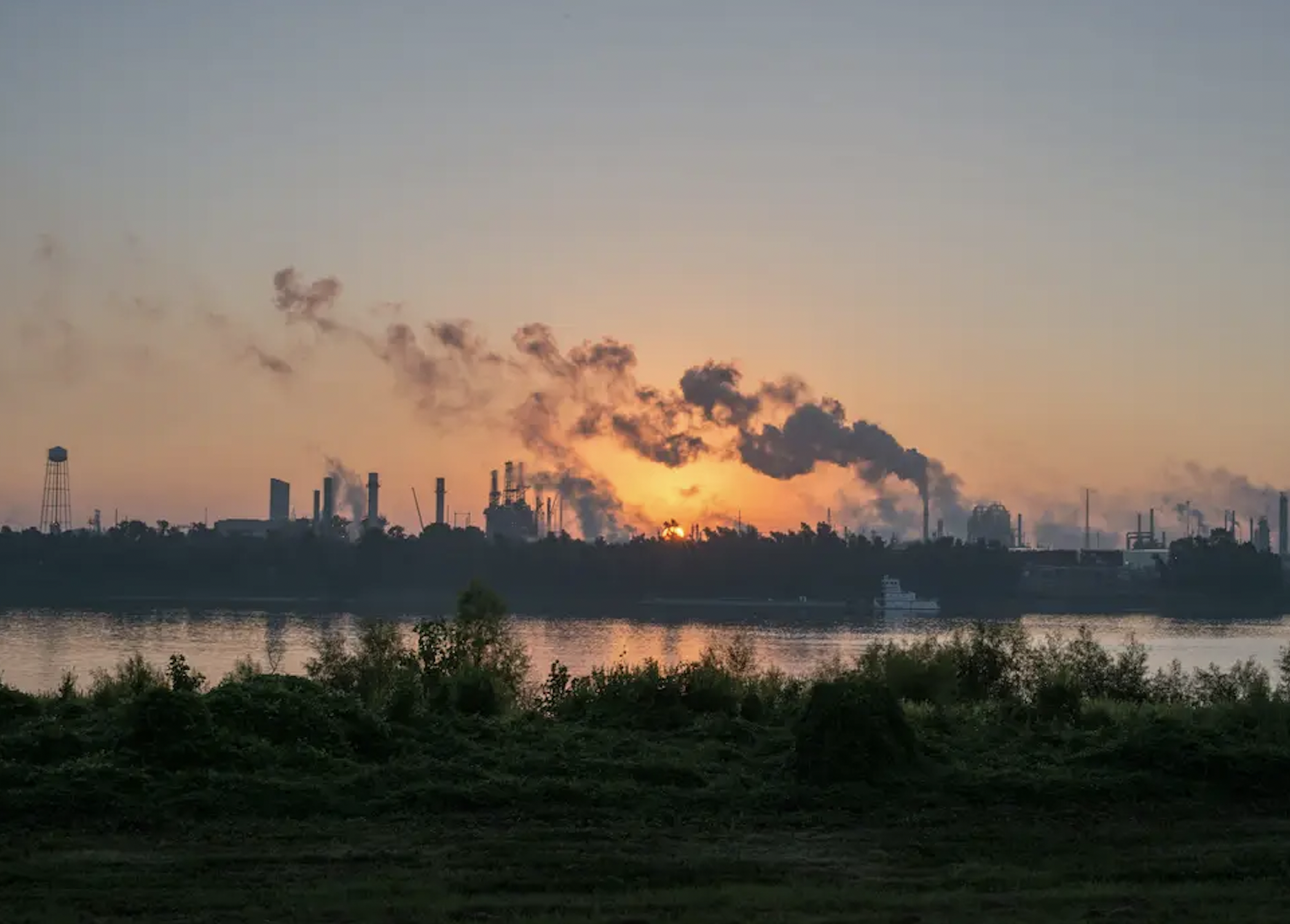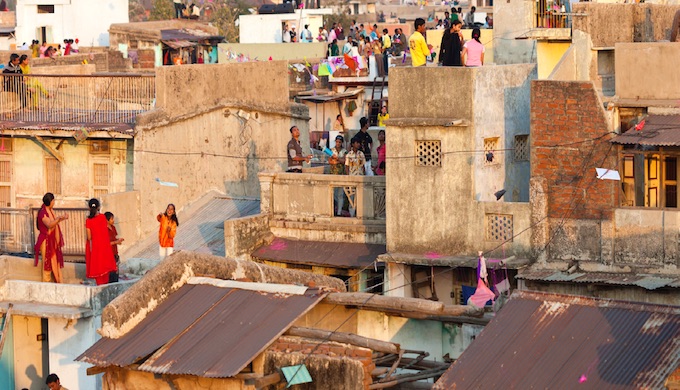By: Brooke Theis
New Orleans is one of the most popular tourist destinations in the world. In 2019, 18.5 million visitors roamed the asphalt-paved streets, admiring the abundance of old housing structures and buildings. However, during the summer months, lines to popular restaurants grow shorter, and the city quiets. While travelers pack their bags for cooler climates, native New Orleanians are left to endure the sweltering summers in Nola.
A key factor contributing to the increase of sweat-dripping foreheads is the urban heat island effect (UHI). In fact, a recent study by the Climate Central research group has deemed New Orleans one of America’s largest heat islands. Specifically, this is characterized by a city being significantly warmer than its surrounding areas. In their study, statistics point to Nola’s temperature reaching nina degrees higher than bordering rural areas on average, with a maximum of 16 degrees.
Numerous factors can cause the urban heat island effect. Mainly, this happens when high-concentration areas with dark streets, rooftops, and parking lots absorb solar radiation. In effect to its absorption, surfaces radiate heat back into the atmosphere at night. However, the core of the urban heat island effect has everything to do with vegetation and greenery. In natural environments, plants absorb water through their roots, traveling into their stems and leaves for storage. Within nature’s timing, a process called transpiration happens, where liquid from leaves transforms into vapor matter. In effect, the vapor enters the air, cooling down the environment.
Throughout the years, in place of greenery and vegetation that helped reflect light and cool down areas, New Orleans has been replaced with buildings. Many were built with impermeable surfaces that absorb solar radiation and emit it back into the air (rather than the plants). With this in mind, New Orleans was also built on the racist policy of redlining. Due to this policy, black/minority communities were deemed as “high risk,” and investing within their neighborhoods was intentionally challenging. Rather than investing in public parks, low-income land became a designated space for chemical plants. They were cheaper to develop and build on; hence, there are more warehouses in these locations. These emit and continue to emit toxic pollution to the community. Further, due to the abundance of dark-colored buildings and large chemical plants, it is, on average, five degrees hotter in lower-income neighborhoods than it is for their wealthier white counterparts.

Smoke from power plants in Cancer Valley (photo by: Giles Clarke)
The heat generated by the UHI proves to be an issue as the number of heat-related hospitalizations has steadily increased yearly since 2013, according to the New Orleans Department of Health. Unfortunately, the heat affects the most vulnerable people first—those predisposed to health issues. Hospitalization stats show that Black New Orleanians were 3.59 times more likely to go to the emergency department. Further, Black residents were 2.5 times more likely to be hospitalized due to heat-related illness (compared to White residents). Living in a hot neighborhood can also increase the cost of running air conditioners and other cooling devices, potentially driving up power bills for households struggling to pay rent and buy food.
Further, pollution is another central issue produced by the urban heat island effect. Poor neighborhoods with high levels of air pollution make up 85 new cancer cases per year.
On the other hand, in Ahmedabad, India, temperatures in June reach an average high of 101 degrees Fahrenheit. Within a growing population of 5.5 million people and the task of building places to support the community, the urban heat island effect scoured over city grounds. In a heat wave in 2010, death tolls reached up to 4,462 lives.
It was time for infiltration, so the Ahmedabad Municipal Corporation partnered with the India Institute of Public Health Gandhinagar and the US Natural Resources Defense Council. Working together, they created a heat action plan, which has eliminated roughly 1,190 heat-related deaths since the year it was enacted (2013).

Building cool roofs in Ahmedabad, India (Photo by: NDRC)
One of the main components of this heat action plan is the building of “cool roofs.” Specifically, these roofs reflect sunlight, leading to less sun absorption. Essentially, instead of trapping heat as asphalt or metals would, cool roofs let the heat and sun bounce off their light-colored materials. Ahmedabad plans to build at least 500 cool roofs in their community.
Cool roofs keep buildings significantly cooler, hence their name. In comparison to a darker-colored roof, this lightly colored roof with reflective properties has the potential to stay an entire 50 degrees cooler. Within this, less air conditioning is required, as people can be comfortable using an air conditioner. A decrease in the need to cool or stifle hot buildings also reduced the need for power plant emissions. Lastly, smog forms through air pollutants and also the outside temperature. With a lower outside air temperature, smog production is heavily slowed, making air safer and the environment healthier.
Integrating cool roofs into black and low income communities would help neighborhoods cool down, reduce electricity bills, and reduce air pollution. As of July of 2021, 50,778 New Orleanians were unemployed. Most people do not know how to install roofs; however, a solution could be to paint over black rooftops with a white paint coating.
Among those who are unemployed, many live in poor neighborhoods that the dark rooftops have directly impacted. If New Orleans creates a project for painting low-income roofs with white layers of paint and employs those who do not have jobs, there would be motivation and impact. Unlike other roofing materials, paint is inexpensive and accessible to almost everybody. This project would have multiple benefits: employing those who need it, helping communities stay cool, and having less air pollution. Although weather could be a driving issue to keeping paint on, it would also provide job security for repainting.
Citations:
Pti. “How an Indian City Saved 1000 Lives a Year.” How an Indian City Saved 1000 Lives a Year – The Hindu BusinessLine, The Hindu BusinessLine, 25 Feb. 2022, https://www.thehindubusinessline.com/news/science/how-ahmedabad-tackled-its-heat-waves-and-saved-1000-lives-a-year/article65083634.ece
April 11, 2017 Nehmat Kaur – Alum. “Ahmedabad: Cool Roofs Initiative with 5th Heat Action Plan.” NRDC, 11 Apr. 2017, https://www.nrdc.org/experts/nehmat-kaur/ahmedabad-cool-roofs-initiative-5th-heat-action-plan.
“Urban Heat Islands.” Climate Central, 14 July 2021, https://medialibrary.climatecentral.org/resources/urban-heat-islands.
About Rinkesh A true environmentalist by heart. Founded Conserve Energy Future with the sole motto of providing helpful information related to our rapidly depleting environment. Unless you strongly believe in Elon Musk‘s idea of making Mars as another h , et al. “Causes, Effects and Solutions to Urban Heat Island.” Conserve Energy Future, 30 Aug. 2020, https://www.conserve-energy-future.com/effects-solutions-urban-heat-island.php.
TRISTAN BAURICK | Staff. “Poverty, Air Pollution Cause Cancer Spike in Louisiana Industrial Areas, Tulane Study Says.” NOLA.com, 24 June 2021, https://www.nola.com/news/environment/article_4e66d730-d51c-11eb-9c7d-af03bda4a245.html.
Simon, Matt. “New Orleans Was Already a ‘Heat Island.’ Then Ida Cut The Power.” Wired, Conde Nast, 2 Sept. 2021, https://www.wired.com/story/new-orleans-was-already-a-heat-island-then-ida-cut-the-power/.
 NOLAbeings Multimedia artist Claire Bangser created NOLAbeings as a portrait-based story project that marries...
NOLAbeings Multimedia artist Claire Bangser created NOLAbeings as a portrait-based story project that marries...  Voodoo in New Orleans: Reviving history: New Orleans fortune telling This article takes a deep dive into the history of Voodoo in New Orleans, its hybridization with Catholicism, and its present-day place in the city's culture. The author visits fortune-tellers in the French Quarter, using their guidance as a tool for introspection rather than a deterministic predictor of the future. Through her experiences in New Orleans, the author feels a mystical connection to both the past and the future.
Voodoo in New Orleans: Reviving history: New Orleans fortune telling This article takes a deep dive into the history of Voodoo in New Orleans, its hybridization with Catholicism, and its present-day place in the city's culture. The author visits fortune-tellers in the French Quarter, using their guidance as a tool for introspection rather than a deterministic predictor of the future. Through her experiences in New Orleans, the author feels a mystical connection to both the past and the future. 